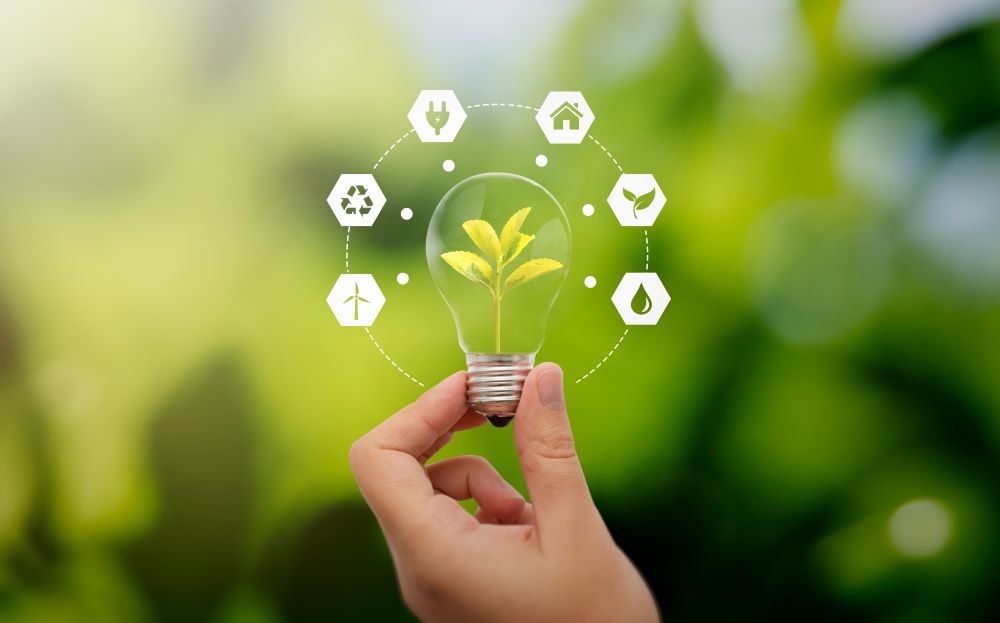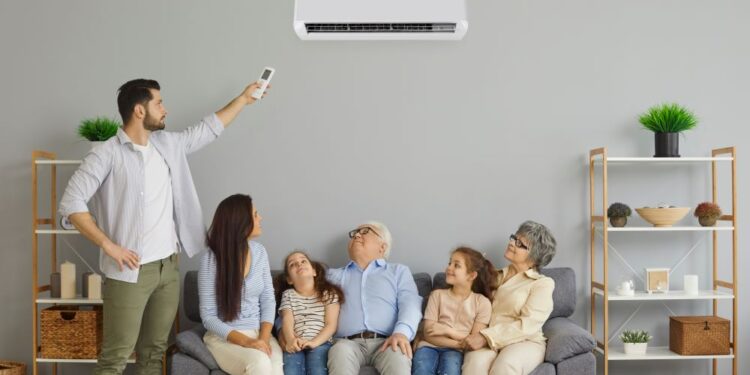Heating, ventilation, and air conditioning (HVAC) rebates and incentives are programs designed by the Australian government in conjunction with companies to help homeowners save money by reducing their utility bills. These programs aim to reduce the consumption of electricity, gas, and water in households while at the same time increasing energy efficiency.
This article will explore the difference between HVAC rebates and incentives and share a few examples, along with the benefits of these programs.
Rebates VS Incentives
Government agencies typically offer HVAC rebates to encourage homeowners to upgrade to more energy-efficient HVAC systems. These rebates provide a cash incentive to purchase and install HVAC systems that meet specific energy efficiency criteria.
One example of these measures is the air conditioning rebate announced in 2021 to encourage Victoria’s most vulnerable residents to replace old heaters with air conditioners in their homes. Rebates are usually paid directly to the homeowner as a check or a credit on their utility bill.
On the other hand, HVAC manufacturers or dealers often offer incentives to promote their products. Some common examples are discounts, financing options, or extended warranties on heating, ventilation, and air conditioning products.
Unlike rebates, incentives are usually offered at the point of sale, meaning homeowners can take advantage of them immediately when purchasing a new HVAC system.
Examples Of Rebates And Incentives In Australia
Every year, the Australian government announces a series of rebates and incentives to benefit the citizens in particular geographical locations. Some of these rebates include:
- Heating And Cooling Upgrade Rebates
This program benefits vulnerable and low-income households in Victoria by lowering the direct cost of buying energy-efficient reverse cycle split systems.
- Discounted Energy-efficient Lighting For Households Program
This incentive makes it easier for households to reduce energy use by replacing inefficient halogen lights with energy-efficient light-emitting diodes (LED). Here, the government subsidizes the price of the purchase and professional installation of LED bulbs.
- Electricity Transfer Fee Waiver
This incentive benefits residents of Victoria. The details in the electricity transfer waiver indicate that eligible beneficiaries can receive a complete waiver of the transfer fee charged by electricity retailers when account holders move house.
- Appliance Purchase Loan Assistance
Australians can also benefit from the No Interest Loans Scheme (NILS) incentive. In this program, low-income families may access affordable loans for purchasing appliances and other essential household expenses.
- Energy Emergency Assistance For Households Program
This rebate program targets vulnerable residents of Queensland that are having problems settling their electricity or natural gas bills due to unforeseen emergencies or a short-term financial crisis.
How Do You Get Rebates Or Incentives?
Check your eligibility to see whether you qualify for rebates or incentives. You can do this by checking the requirements on government websites or HVAC companies offering incentives.
You will usually find a list of all available rebates or incentives and their respective application forms. If you are eligible for one of these programs, complete the appropriate application and submit it before the stipulated deadline.
In Australia, anyone looking to replace their HVAC system should consider applying for a rebate or incentive to help them save money on energy costs and make homes more comfortable by improving indoor air quality.

Benefits Of HVAC Rebates And Incentives
HVAC rebates and incentives provide several benefits to both homeowners and businesses. Here are some of the key advantages:
- Rebates and incentives save on costs by significantly reducing the upfront costs of purchasing and installing a new, more energy-efficient HVAC system.
- These programs increase energy efficiency by promoting the use of energy-efficient HVAC systems, which reduce greenhouse gas emissions, thus contributing to environmental sustainability.
- Rebates and incentives contribute to lower energy bills as they encourage energy-efficient HVAC systems, which consume less power, leading to lower energy bills over time.
- These programs enable homeowners to buy newer, energy-efficient HVAC systems which provide better cooling and heating controls, leading to improved comfort at home.
- If you decide to sell your home, energy-efficient homes are often more appealing to potential buyers. Having a modern, energy-efficient HVAC system could increase your property’s value.
These programs encourage the adoption of energy-efficient HVAC systems, benefiting individuals, businesses, and the broader community.
Parting Shot
HVAC rebates and incentives are an excellent way for homeowners to save money while upgrading to more energy-efficient heating and cooling systems. These financial incentives can help homeowners offset the cost of purchasing and installing new HVAC systems while at the same time lowering their energy bills and carbon footprint.
By taking advantage of these HVAC rebates and incentives, homeowners can positively impact the environment and, by extension, their wallets. With a little effort, homeowners can reap the benefits of these programs while enjoying a more comfortable and eco-friendly home.






